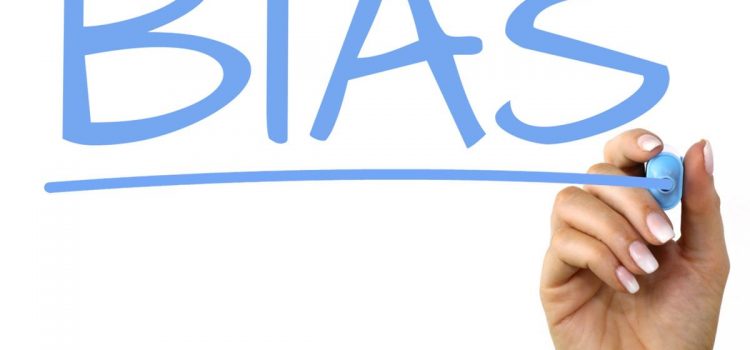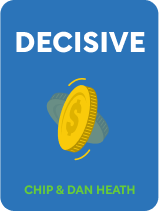

This article is an excerpt from the Shortform book guide to "Decisive" by Chip and Dan Heath. Shortform has the world's best summaries and analyses of books you should be reading.
Like this article? Sign up for a free trial here.
What is confirmation bias? How does confirmation bias skew your decision-making?
Confirmation bias is the psychological term for our tendency to search for and favor information that underscores our existing beliefs. In decision-making, confirmation bias causes us to ignore information that supports our non-preferred options, even if those options are better.
Here are some strategies for overcoming the pull of confirmation bias in decision-making.
Overcoming Confirmation Bias
In decision-making, confirmation bias leads us to overlook crucial information about our options. The Heaths emphasize that while we can’t eliminate our confirmation bias in decision-making, we can resist its power and make well-informed decisions. Let’s discuss several strategies for doing so.
Strategy 1: Seek Out an Opposing Viewpoint
One way to resist your confirmation bias is to hunt for information that contradicts your existing beliefs. The authors claim that according to research, when we consider an opposing viewpoint, we force ourselves to pay attention to high-quality information that we’d otherwise ignore due to confirmation bias.
A technique to accomplish this strategy is to find an expert on the topic of your decision and ask questions that welcome an opposing viewpoint. For example, imagine a high school graduate who must choose among several colleges. One college tops their list because they believe it has a strong art program. They meet with an admissions counselor from that college to learn more. Their confirmation bias tempts them to ask questions that confirm their belief that the art program is strong. Instead, they can seek out an opposing viewpoint by asking, “What are some issues with the art program?”
Strategy 2: Seek Out Objective Information
The authors argue that due to our confirmation bias, we trust our biased instincts over more accurate data about what people in a similar situation have experienced. To overcome this, we can seek out objective information.
One way to do this is to pay attention to base rates: statistics that describe the percentage of a population for which something is true. For example, the aforementioned college applicant could compare base rates from each college that show what percentage of its art majors find a job in the arts after graduation.
The authors offer another way to seek objective information: Ask an expert questions that prompt them to share factual information, specifically. The authors recommend that you avoid asking questions about the future. For example, the college applicant shouldn’t ask the counselor, “Do you think this program will prepare me for an art career?” This question may fall prey to the counselor’s own biases. Instead, the authors instruct us to ask questions about the past and the present. An expert provides a more objective perspective on these types of questions.
- A present-focused question: “What are ways you provide current students with job experience?”
- A past-oriented question: “What are some arts-based careers that recent graduates have found?”
Strategy 3: Conduct a Trial Run
A final way to consider objective information is to generate it yourself. As previously stated, our confirmation bias prevents us from making credible predictions by distorting how we interpret information. To further overcome this bias, the authors suggest gathering more credible information by conducting a trial run of at least one option. A trial run is a test that allows you to accurately evaluate an option, since it provides evidence of the option’s outcomes. This evidence helps you make an informed prediction about how the decision may pan out long-term.
For example, a man who’s unsure whether he wants to move in with his partner could conduct a trial run by moving in with them for two weeks. This experience and its pros and cons could inform whether or not he stays beyond that time.

———End of Preview———
Like what you just read? Read the rest of the world's best book summary and analysis of Chip and Dan Heath's "Decisive" at Shortform.
Here's what you'll find in our full Decisive summary:
- Why our minds are wired to make bad decisions
- How biases and cognitive flaws distort your thinking
- A four-step process to improve your decision-making






